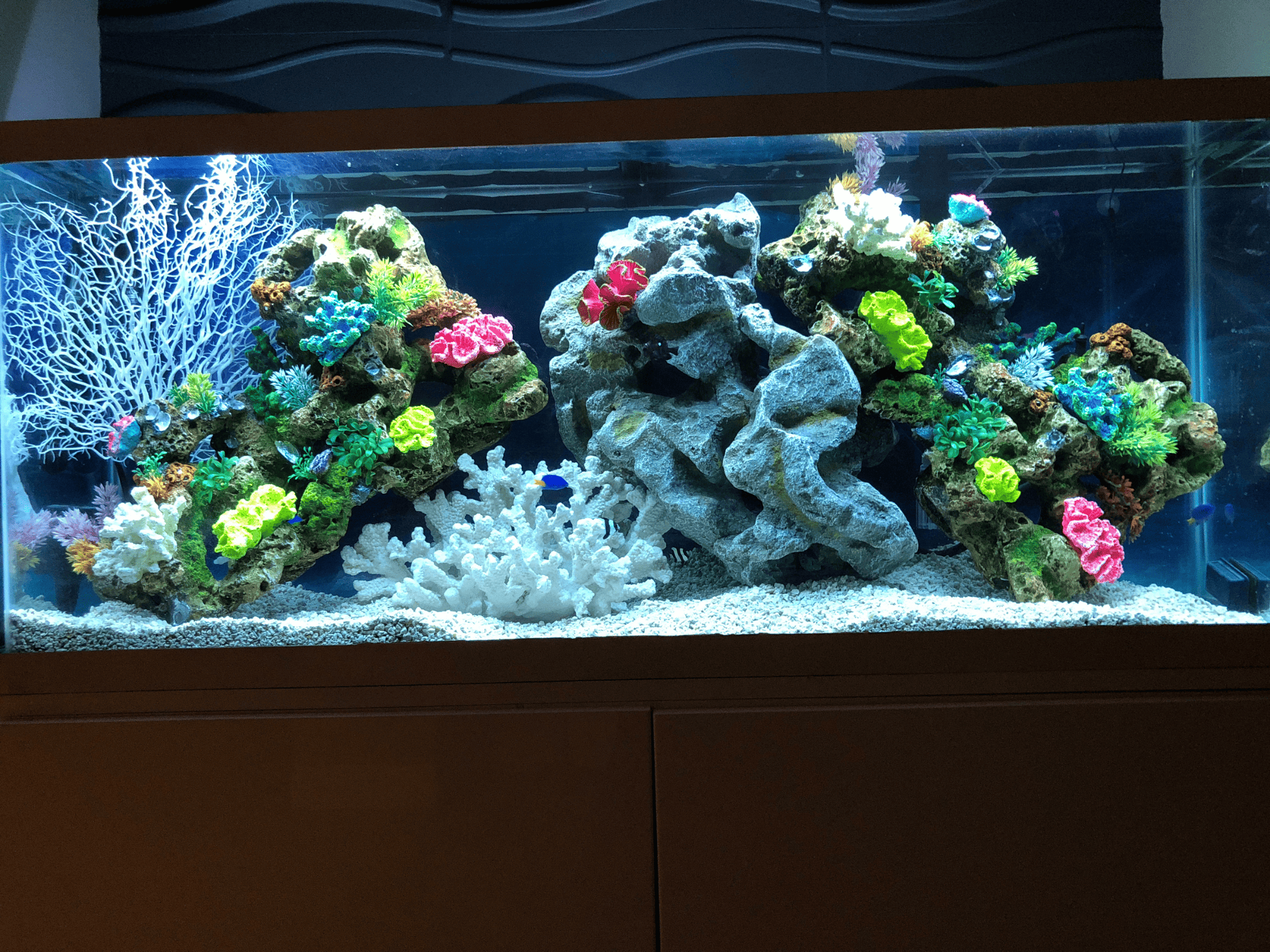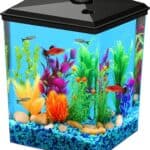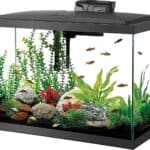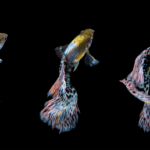Building a fish tank from scratch may seem daunting. This comprehensive guide seeks to demystify the process, outlining the key considerations and steps involved in creating a custom habitat for your aquatic friends.
Why Build a Fish Tank?
A pre-manufactured fish tank may serve the purpose for most beginners. Yet, the merits of building your own cannot be understated.
- Customization: Imagine painting on an empty canvas; the same principle applies to building your own fish tank. You can construct a habitat tailored to the specific needs and behaviors of your fish species.
- Cost-effectiveness: While the initial outlay may seem hefty, building a fish tank can be less expensive in the long run. You control the material and design, avoiding the often-inflated costs of pre-built tanks.
- Therapeutic Value: Much like building a model ship or painting a picture, creating a fish tank can be a rewarding project that provides a sense of achievement.
Choosing the Right Materials
Choosing the right materials is the backbone of building a fish tank. The materials used should be durable, non-toxic, and watertight.
- Glass: Glass is the most popular choice. It is easy to clean, non-toxic, and offers a crystal-clear view into the aquatic world you’ve created.
- Acrylic: This is a more flexible alternative to glass, but is more prone to scratching.
- Silicone Sealant: This is used to ensure your tank is watertight. Ensure you choose a sealant that is non-toxic and safe for fish.
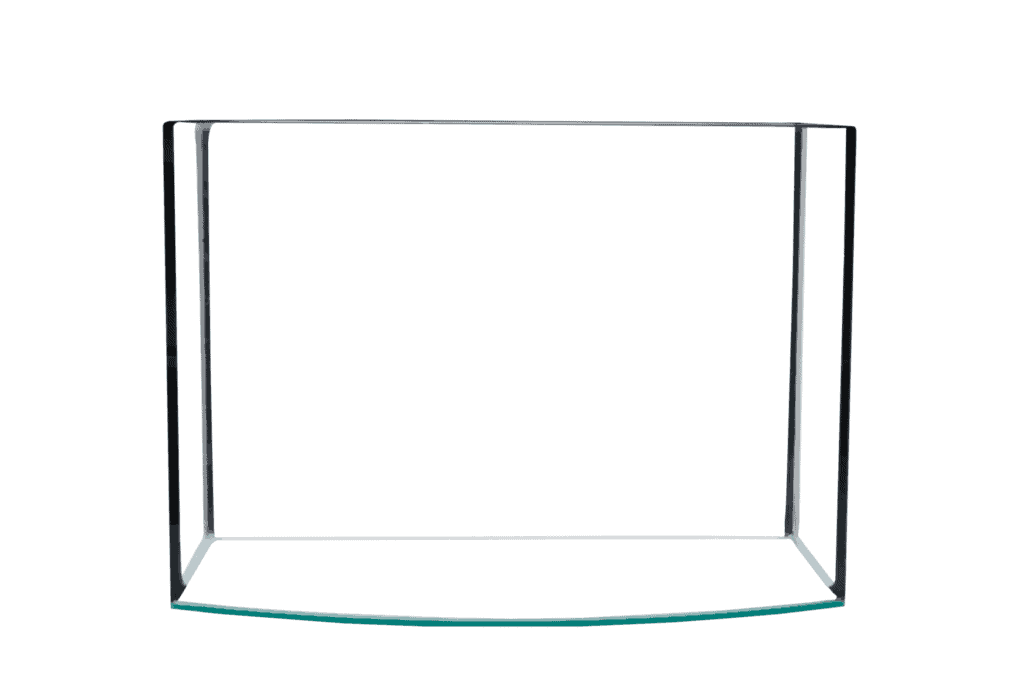
Building Your Fish Tank: High-Level Steps
Building your fish tank is akin to crafting a custom house for your fishy tenants. Every decision, from material selection to layout, affects their wellbeing and your overall satisfaction.
Planning Your Tank
Think of planning your tank as sketching blueprints for a house. Consider the following:
- Size: The size of your tank should be determined by the number and type of fish you intend to keep. As a rule of thumb, one gallon of water per inch of fish is usually recommended.
- Location: A fish tank should be placed in a location that avoids direct sunlight (which can lead to excessive algae growth) and is structurally strong enough to support the weight of the tank.
Constructing the Tank
This is the meat and potatoes of the fish tank building process. It’s the part where you roll up your sleeves and dive into the nuts and bolts of the project.
- Cutting the Materials: Whether you’re using glass or acrylic, your materials will need to be cut to size. Safety is paramount, and professional assistance is advisable if you’re not comfortable doing this yourself.
- Assembling: Once your pieces are cut to size, you’ll assemble them using the silicone sealant. Each panel must align perfectly to ensure a watertight seal.
- Drying: After assembling, allow the tank to dry for at least 24 hours to ensure the sealant has cured.
Adding Substrate, Decorations, and Equipment
A fish tank without substrate and decorations is like a home without furniture. Not to mention, certain equipment is essential for maintaining a healthy environment.
- Substrate: The substrate serves aesthetic and functional purposes. It adds a natural look and provides a surface for beneficial bacteria.
- Decorations: Adding decorations such as rocks, driftwood, and plants can create a more natural environment for your fish.
- Equipment: This includes heaters, filters, lights, and air pumps. Each plays a crucial role in maintaining optimal water conditions and mimicking the natural habitat of your fish.
Considerations for Aquarium Maintenance
Now that you’ve built your fish tank, let’s set sail into the ocean of maintenance. Like maintaining a car, your fish tank requires regular care to keep it running smoothly.
- Water changes: Regular water changes are vital to maintain a healthy aquatic environment. A common rule is to change 10-20% of the water every week.
- Filter maintenance: The filter is the liver of your aquarium. It removes impurities from the water, so it’s crucial to clean or replace it as per manufacturer guidelines.
- Checking water parameters: Monitoring your tank’s pH, ammonia, nitrite, and nitrate levels is crucial. Irregular levels can be harmful, or even fatal, to your fish.
Understanding Your Fish’s Needs
Just as different land animals have varying habitats, fish species have their own unique environmental needs. Understanding these needs is the key to designing an appropriate fish tank.
- Water temperature: Different species require different water temperatures. For example, tropical fish generally require warmer water than cold water species.
- Diet: Know the dietary needs of your fish. Some are carnivorous, some herbivorous, and others omnivorous.
- Behaviour and compatibility: Some fish are schooling species, while others are solitary. Also, some species are aggressive, which can be a problem in a community tank.
Aquarium Plants: A Vital Component
Aquarium plants are more than just decorative items; they’re the lungs of your aquatic ecosystem. Here’s why:
- Oxygen production: Through photosynthesis, live plants produce oxygen, vital for your fish’s survival.
- Natural filters: Plants absorb ammonia, nitrite, and nitrate, effectively acting as natural filters.
- Hiding spots: Plants provide shelter and hiding spots, creating a more comfortable and natural environment for your fish.
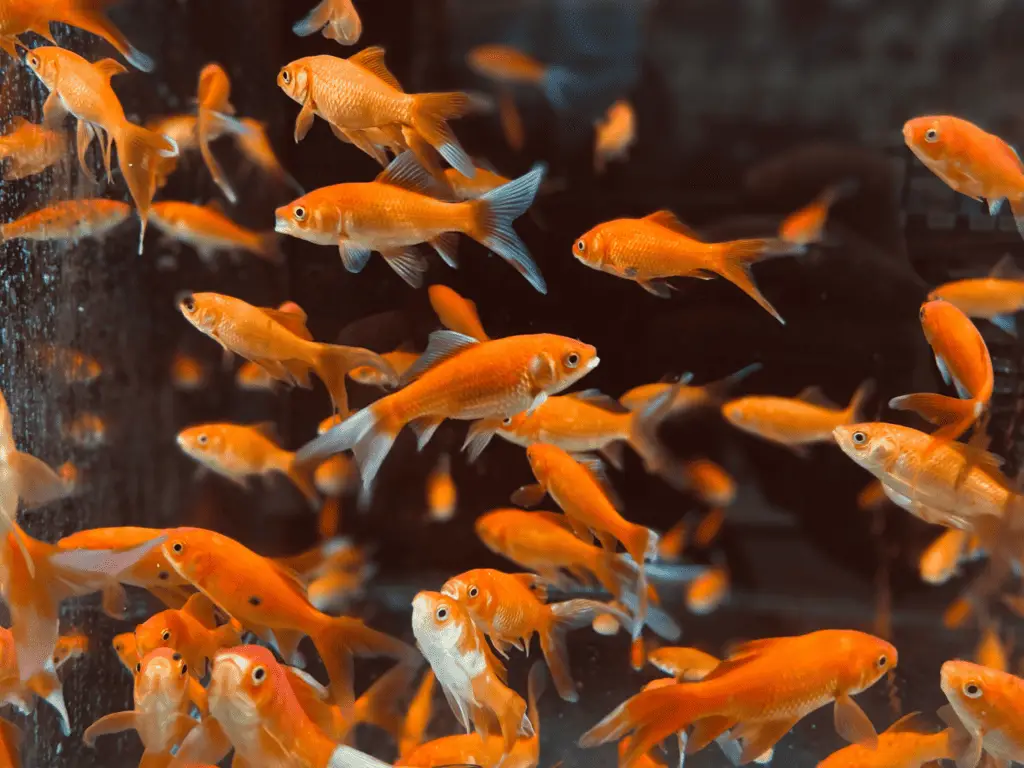
The Joy of Aquascaping
Aquascaping is the art of arranging aquatic plants, rocks, and driftwood aesthetically in your fish tank. It’s like being a gardener and architect all in one, but your canvas is underwater.
- Choosing a theme: Themes can range from a natural riverbed to a fantasy landscape. The choice is yours.
- Balancing elements: Strive for harmony between plants, rocks, and other features.
- Plant placement: Larger plants are typically placed towards the back and smaller ones up front to create a sense of depth.
Embrace the creative journey of building your fish tank, and always remember to tailor it to the needs of its inhabitants. This way, you’ll ensure not only an aesthetically pleasing result but also a happy, healthy home for your aquatic friends.
In Conclusion
Building your own fish tank is like charting a unique underwater journey. As Captain Nemo of your personal “Nautilus,” you steer the course and determine every feature of your marine world.
Whether for the joy of the journey, or the unique destination, the value of a self-built fish tank is immeasurable. By customizing to your fish’s needs, controlling costs, and deriving a sense of accomplishment, you create more than just a habitat; you create a piece of living art.
Remember, this task requires patience and precision. It’s not a race, but a leisurely swim, filled with deliberate choices and careful attention to detail. So, are you ready to dip your toes in and start building your fish tank? The underwater world awaits your creativity.
Frequently Asked Questions
1. Is it cheaper to build or buy a fish tank?
The cost depends on various factors such as size, materials, and equipment. While building a tank can be less expensive in the long run, the upfront cost can be higher due to purchasing materials and tools.
2. How long does it take to build a fish tank?
Building a fish tank can take anywhere from a few hours to a few weeks. The duration depends on the complexity of the design, the size of the tank, and your level of experience.
3. What are the most common mistakes when building a fish tank?
The most common mistakes include not properly sealing the tank, not testing it for leaks before adding fish, and not considering the needs of the specific fish species you plan to keep.
4. Can I use any type of glass or acrylic for my fish tank?
Not all types of glass and acrylic are suitable. It’s important to use materials that are thick enough to withstand the pressure of the water, and safe for use in aquariums.
5. What size of fish tank should I build?
The size of the tank depends on the number and species of fish you plan to keep. Generally, bigger is better as it provides more room for the fish and a more stable environment.
6. Is it necessary to have plants in my fish tank?
While not absolutely necessary, live plants are beneficial. They provide oxygen, absorb harmful chemicals, and provide a more natural and comfortable environment for the fish.
7. How often should I clean my fish tank?
This depends on factors like the number of fish, feeding schedule, and whether you have a good filtration system. However, a general rule is to perform a 10-20% water change every week.
8. How can I ensure my fish are happy and healthy in their new tank?
Keep the water parameters stable, feed them a balanced diet, and provide them with an environment that mimics their natural habitat. This includes the right temperature, plenty of hiding places, and a compatible community of fish.
Building a fish tank is an intricate journey, fraught with unique challenges and rewards. But armed with the right knowledge, it’s a voyage of discovery that can bring unparalleled joy. Happy building!
